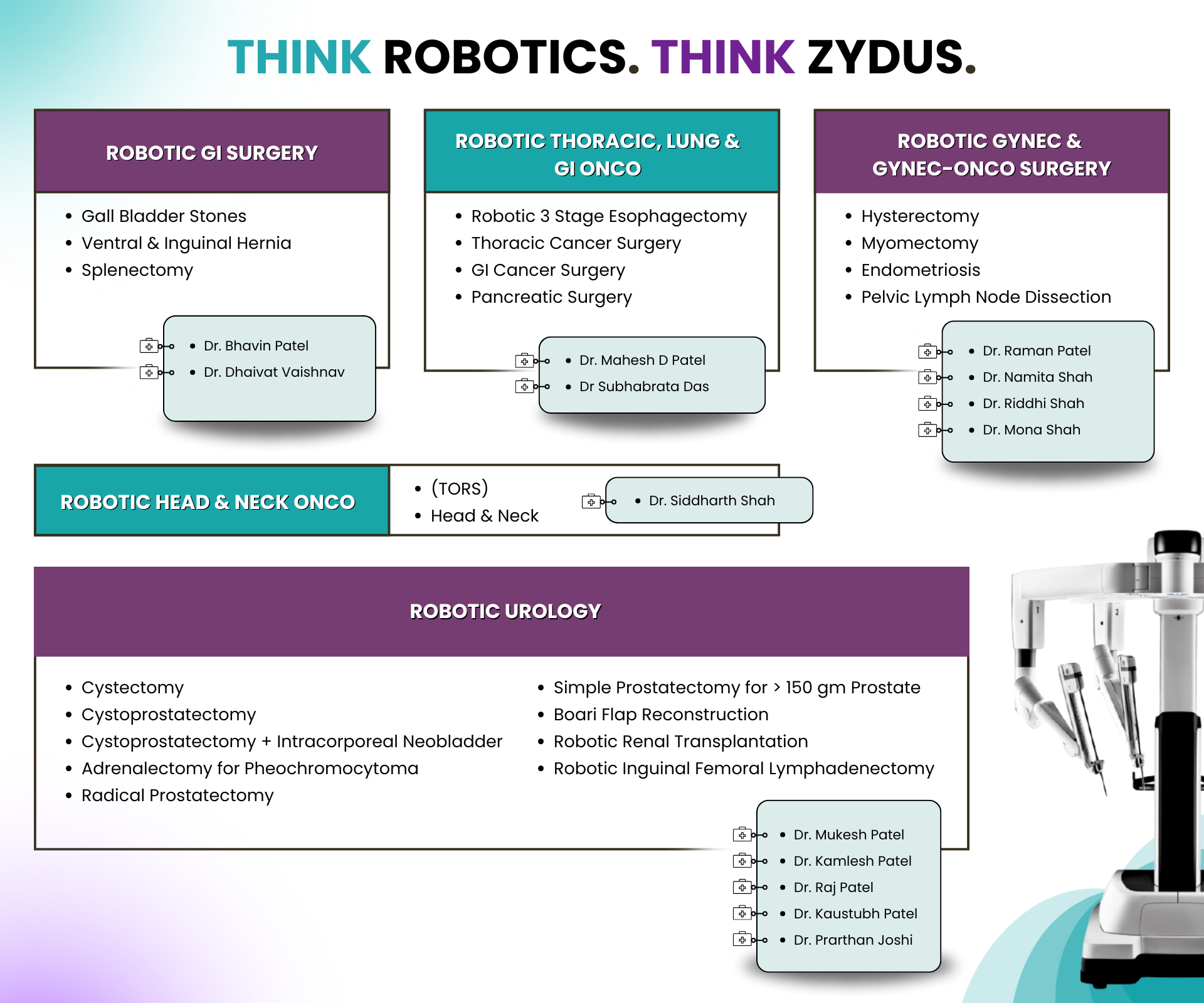
Dystonia
- Medical Specialities
- Neuro Sciences
- Dystonia
-
Dystonia
-
Dystonia is involuntary muscle contractions causing abnormal posturing of body parts. It can affect any part of body including eyes (forceful eye closure), jaw, neck, arms and legs,
-
Some of the common problems are:
-
Blepharospasm:
-
Blepharospasm is forceful closure of both the eyes. In the initial stage, it may present as excessive blinking. Forceful eye closure can lead to functional blindness, making activities like reading and driving difficult. Oral medications are of limited use. Botulinum toxin in eyelids can improve the symptoms.
-
Cervical dystonia:
-
Abnormal twisting movements of the neck is known as torticollis or cervical dystonia. It is one of the most common types of dystonia manifesting in middle age. Neck tremors can be an associated feature. Treatment of choice for cervical dystonia is botulinum toxin injections.
-
Writer's cramp:
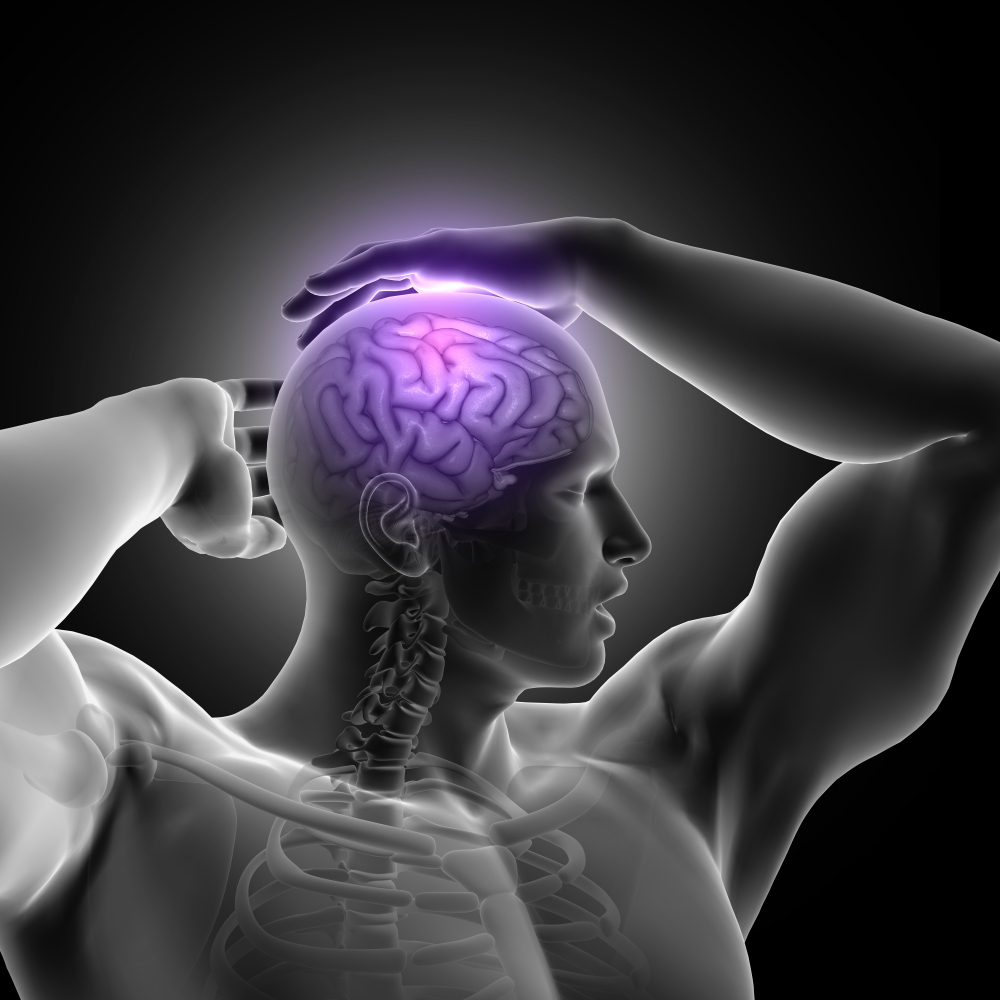
-
Writer’s cramp is usually seen in people who write a lot. In this condition, the activity of writing causes abnormal posturing of hand or arm. Using a thick pen can improve writing in some patients. Botulinum toxin is the first line of therapy.
-
In some cases, Dystonia is caused because of an abnormal gene. In others, it can be due to a birth injury, infection or stroke. Dystonia occur in patients doing repetitive activities like writing (writer’s cramp), playing a musical instrument (musicians dystonia) and typing. In some cases, the cause for dystonia can't be ascertained even after extensive investigations.
-
Anticholinergics drugs are the most commonly used oral therapy for treating dystonia. There are various other medications which are being used for the same. If one notices, any such symptoms, best is to connect with the medical help.
-
Stroke
-
Stroke is a condition when a part of the human brain is deprived of blood (thrombosis or embolism) or a blood vessel bursts and blood puts pressure on the brain. There are two types of Stroke, Ischaemic stroke and Haemorrhagic stroke. One is caused by a blockage, cutting off the blood supply to brain and Haemorrhagic stroke is when there is bleeding in or around the brain.
-
The common symptoms of stroke are face shift or drooping or numbness, arm movement shift, speech slurry, trouble in vision and more. The usual risk factors could be old age or even family history, high blood pressure, high cholesterol, diabetes can also play a role.
-
After the clinical examination, the CT scan of the brain (done in seconds) reveals haemorrhagic or ischemic stroke.
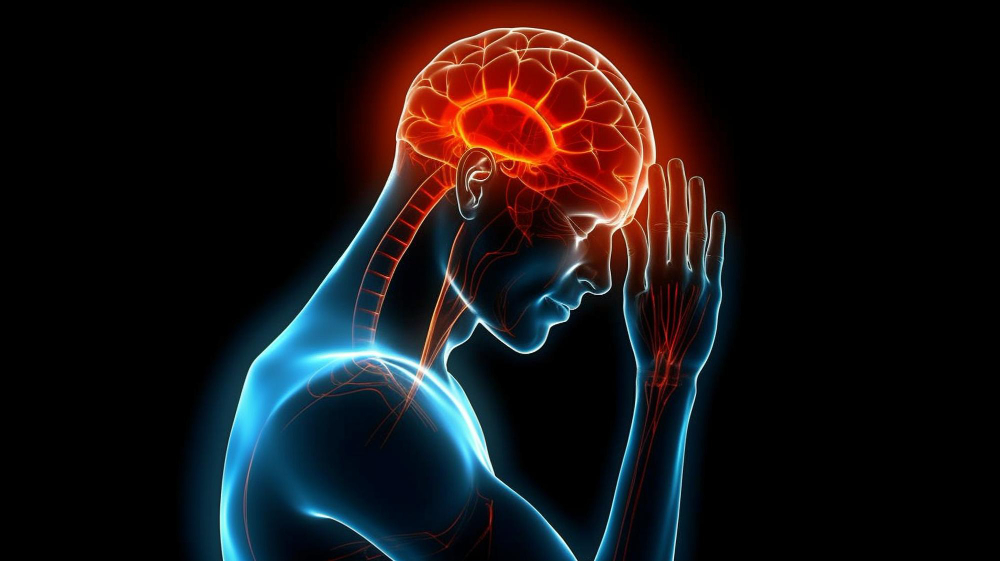
-
If Stroke is haemorrhagic, treatment is surgical and/or conservative. If stroke is ischemic, treatment depends upon the time lag. The earlier a stroke patient is brought to Hospital, the better are his/her chances of recovery. The first 4.5 hours are critical for treatment and are considered as Golden Window. Thrombolysis is also a common treatment in such cases often given within this golden period. This means breaking down and dispersing the clot which is preventing blood from reaching the brain.
-
Other Movement Disorders
-
There are various clinics here like Botulinum Toxin Clinic which offers Botulinum toxin therapy for dystonia, hemifacial spasm, tremor, post-stroke spasticity, cerebral palsy and drooling and EMG guided injections.
-
Deep Brain Stimulation (DBS) and Neuromodulation:
-
Deep brain stimulation for Parkinson’s disease, essential tremor and dystonia.
-
Transcranial direct current stimulation for ataxia and balance rehabilitation.
-
Electrophysiology (Tremor/ Myoclonus/ Dystonia)
-
Tremor analysis with wireless wearable sensors
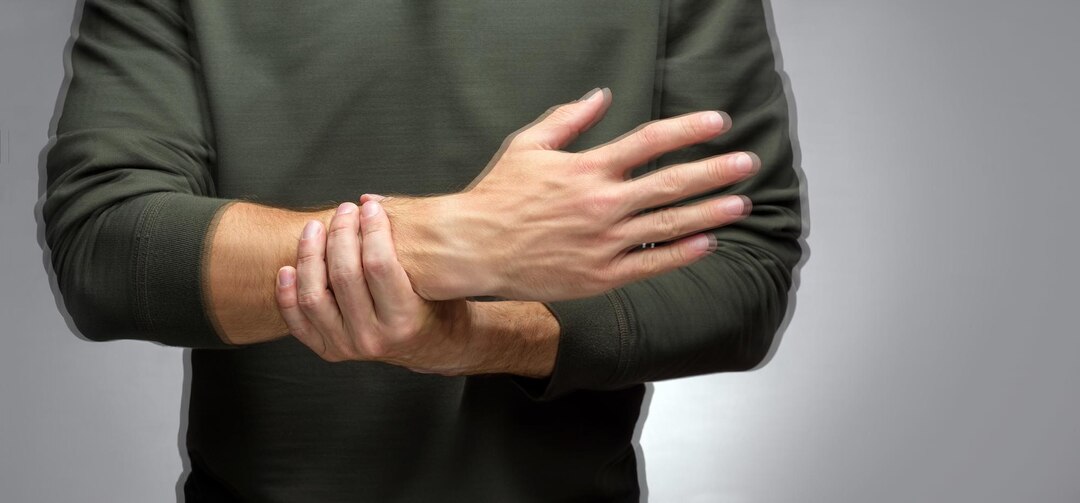
-
Multichannel surface EMG recordings
-
Entrainment and coherence analysis
-
EEG back-averaging and Cortical SSEP
-
Long latency reflex, startle and blink reflex
-
Functional movement disorders electrophysiology
-
Autonomic Function Lab
-
- Parasympathetic and sympathetic system assessment
- Beat to beat blood pressure measurement
- Head-up tilt table test
- Evaluation of orthostatic hypotension and syncope.
-
Gait and Balance Assessment
-
- Assessment of gait using wearable sensors
- Dynamic balance assessment including transfer and turns
- StaEc balance assessment
- Fall risk assessment
-
Gait and Balance Rehabilitation
-
- Dedicated physiotherapy team for balance and gait training
- Targeted gait training using specialized rehabilitation treadmill with biofeedback
- Center of pressure biofeedback training for ataxia
- Vestibular rehabilitation
-
Neuropsychology
-
- Cognitive assessment in dementia and mild cognitive impairment
- Complete battery of neuropsychological tests
-
Speech and Swallowing Therapy
-
- Speech therapy for Parkinson’s disease using biofeedback
- Swallowing therapy using surface EMG biofeedback and functional electric stimulation
-
Preventive measures such as vaccination against common pathogens, including Streptococcus pneumoniae and influenza, can help reduce the risk of pneumonia in children.
-
By recognizing the signs and symptoms of pneumonia and seeking prompt medical attention, caregivers can help mitigate the impact of this respiratory infection and promote the health and well-being of children in their care.
FAQ
-
Ataxias are a group of disorder that affects balance, coordination, and speech. Common symptoms include loss of balance, falls, change in speech, tremor, and difficulty with fine motor activities. Balance can be affected by diseases of the brain (cerebellum), vision, inner ear, and peripheral nerves.
-
Essential tremor is the most common movement disorder. It usually presents with shaking of hands. Other body parts like head, vocal cords, and legs can be affected. The tremors are more prominent while doing activities like eating, drinking and writing. Many patients with Essential tremor have a relative with the same disorder. Age of onset has a bimodal distribution with a peak in the 2nd-3rd decade and the second peak in the 7th-8th decade. Sometimes it can be confused with Parkinson's disease, but they are different conditions with different treatment.
-
B stands for Balance. E means eyes. If there is a blurred or sudden loss of vision. F stands for Face drooping, A stands for weakness in arm, S means difficulty in speech and T means, how crucial is time.

Search Doctor / Diseases
The Transplant Center of Gujarat
-
LIVER TRANSPLANT
-
200+ successful transplants done
-
A full-time dedicated team of 20+ members of Liver Transplant Surgeons, Hepatologists, Intensivists and Anaesthetists
-
Exclusive Class 100 Modular Liver OT and Liver ICU with strong infection control standards
-
KIDNEY TRANSPLANT
-
300+ successful transplants completed by the experienced and dedicated team of Senior Consultants in Nephrology and Urology
-
State-of-the-art 50 bed advanced Dialysis Centre with facilities for CRRT, SLED, HDF and CytoSorb
-
HEART TRANSPLANT
-
Highly experienced team of Heart Transplant Surgeons and Cardiologists
-
State-of-the-art infrastructure with exclusive Cardiac Critical Care Unit, ECMO Facility, Advanced Cath Lab and Left Ventricular Assist Device (artificial heart) Facility
-
BONE MARROW TRANSPLANT
-
200+ Haematopoietic Stem Cell Transplants at hi-tech BMT Unit
-
Highly experienced Haematologist, Intensivists and BMT-trained Staff, supported by Radiation Oncology Department with TBI treatment
